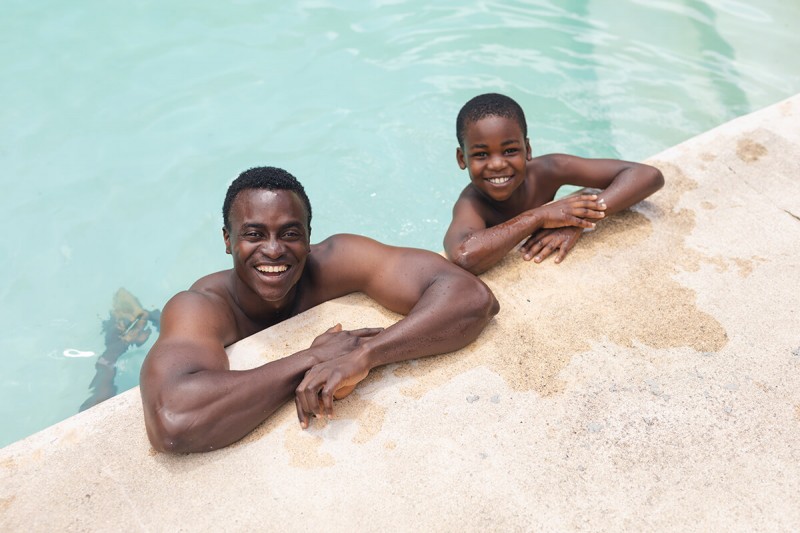The Ultimate House Viewing Checklist for Buyers
06 Jan
Please wait...
06 Oct

Many Caribbean natives are not swimmers, if you can believe that. In fact, 90% of the locals do not know how to swim. Swimming lessons are expensive, and the parents and their parents fear the water. You’ll hear an adage from these islanders that says, “The sea has no branches,” which means there is nothing to hang onto. That same statement is repeated in many ways. Jamaica says, “there are no trees in the water.”
Black athletes and Olympic swimmers are spreading hope to the island children for a swimming future. The benefit? Not only would swimming give the kids and adults another activity, exercise, and the enjoyment of being immersed in the water. It can help to lessen the race gap and eliminate the fear of never getting off their island.
But most critically, the drowning rate of black children would go down—and that is all the reason needed for specific individuals to help.
Eleuthera of the Bahamas
Evidently, many islanders remain afraid of the water due to many factors. Culture and folklore are a big part of the fear that grips them. There are stories of the following:
Finally, racism presents additional barriers to swimming. Swimming was essentially a leisure activity for the white. Indeed, blacks were not allowed in the pools in the past.
These absurd thoughts and stories are handed down from generation to generation and run so deep—they would scare any child raised with these thoughts.
As documented in the film Free Swim, two teen girls teach many children to swim-- a worthwhile endeavor for those with the ability and resources to do so.
In Grenada and Beyond
Good news- there are those willing to teach these folks not to be afraid of the water and to swim. This effort will change the islander’s perspective for generations to come. That is the passion of a woman named Deb Eastwood. She sincerely desires to instill a love of the water and teach 111,000 to swim. Grenada Youth Adventurers (GYA) is the platform she founded and teaches through. And so far, 2,500 children and adults have been touched by Ms. Eastwood and her team.
As the pendulum swings, we hope many more teachers will step up and help teach swimming and, thus, save lives.
CITED: theconversation.com, csmonitor.com, grist.org